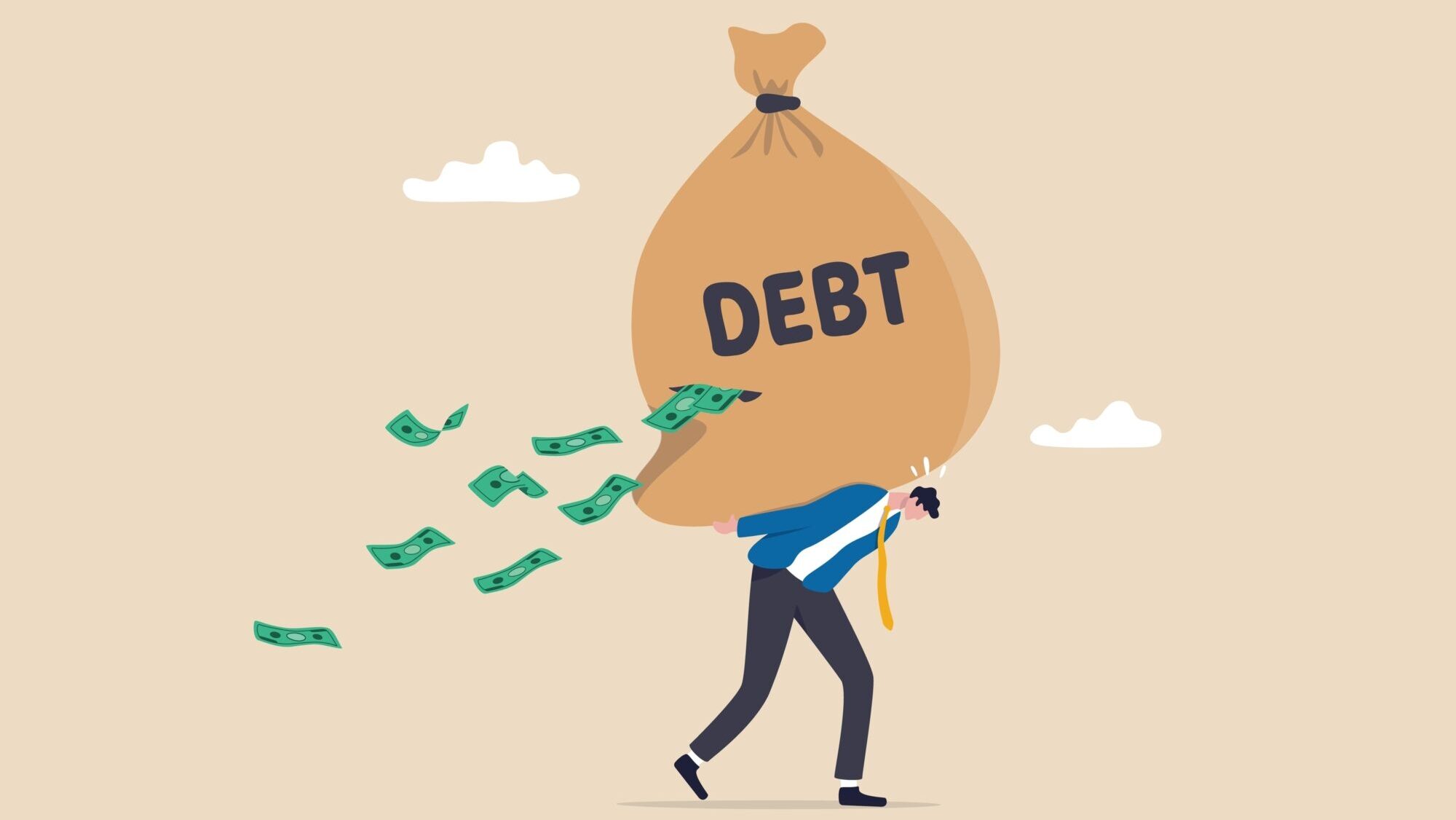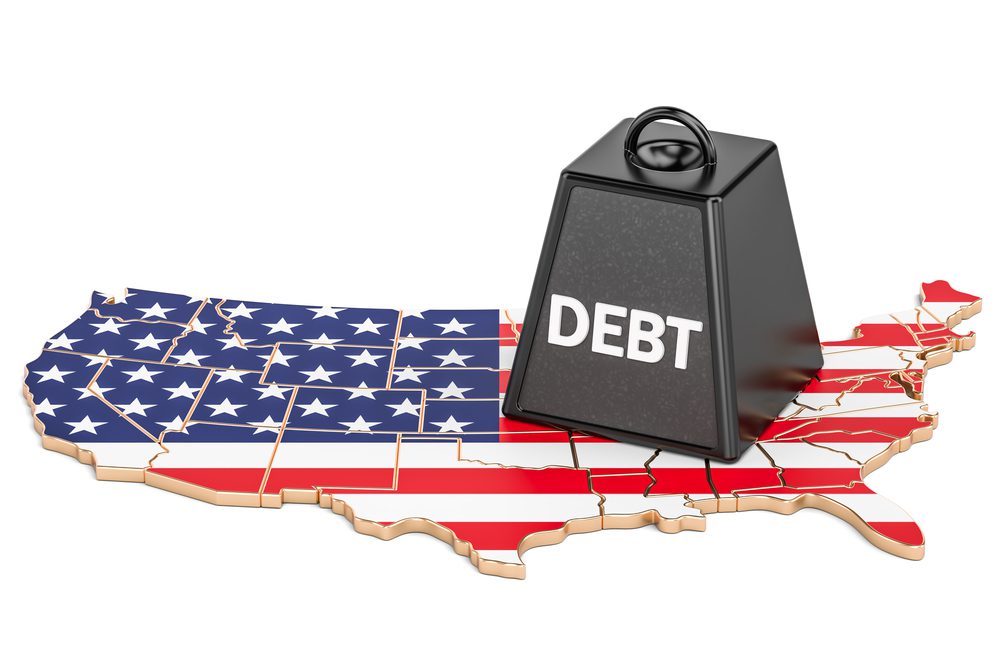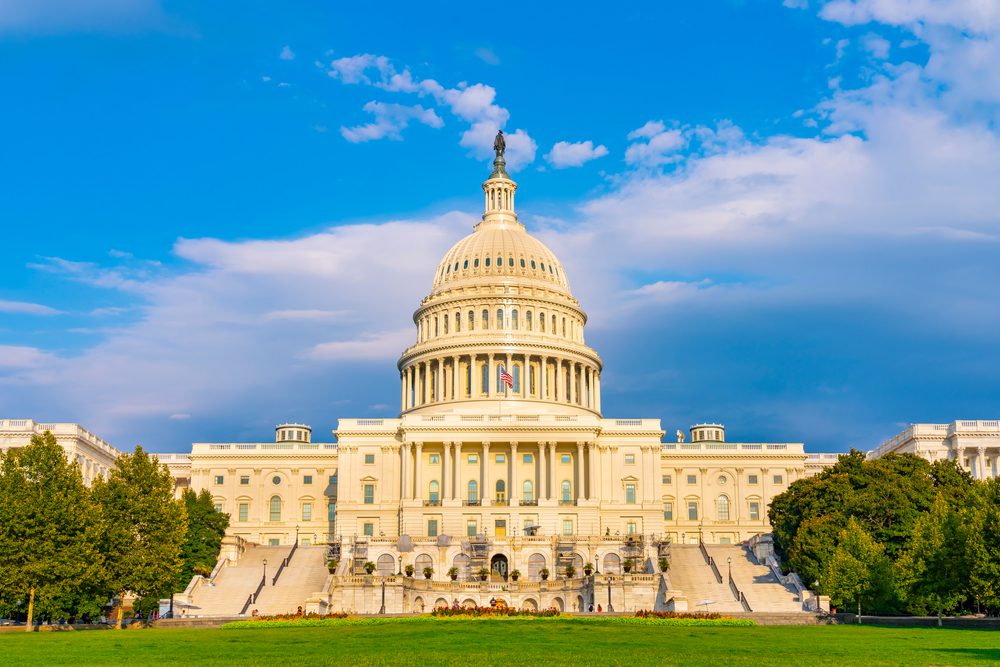
The U.S. Debt by the Numbers
The U.S. debt keeps growing, and nobody seems to want to stop its growth. But what does the debt actually look like? Who owns it, and what are its components?

The U.S. debt keeps growing, and nobody seems to want to stop its growth. But what does the debt actually look like? Who owns it, and what are its components?

In the world of public finance, we call this ‘rocketing your country into a fiscal crisis.’

The U.S. government is doing everything wrong with its finances. Its current debt management strategy is downright stupid. Are they trying to fabricate a fiscal crisis?

A new economic forecast points with near certainty to a U.S. debt crisis in the near future.

We will only get one chance to save America from the abyss of a debt crisis. Let us make sure we get it right on day one.

Politicians are known for two things: they never do what they should, and they always do what they shouldn’t. First, they do not prevent a debt crisis, then they aggravate it.

If government size and employment rate had been the same in 2022 as they were in 2000, the cost of today’s government would have been $47,000 per employed person. That is a lot of money—until we do the same arithmetic with today’s government size and employment rate. Then the cost comes out to $59,700.

There are growing signs that the United States is heading for a Greek-style fiscal crisis. It is not imminent, but close enough to cause real worries for anyone interested in the U.S. economy.

Kevin McCarthy had to make far-reaching compromises on both House rules and policy before garnering enough votes to secure the position as House Speaker.

The cold, hard truth embedded in all these numbers is this: going forward, the U.S. Treasury will have to continue to raise interest rates just to keep investors from selling American government debt.
To submit a pitch for consideration:
submissions@
For subscription inquiries:
subscriptions@